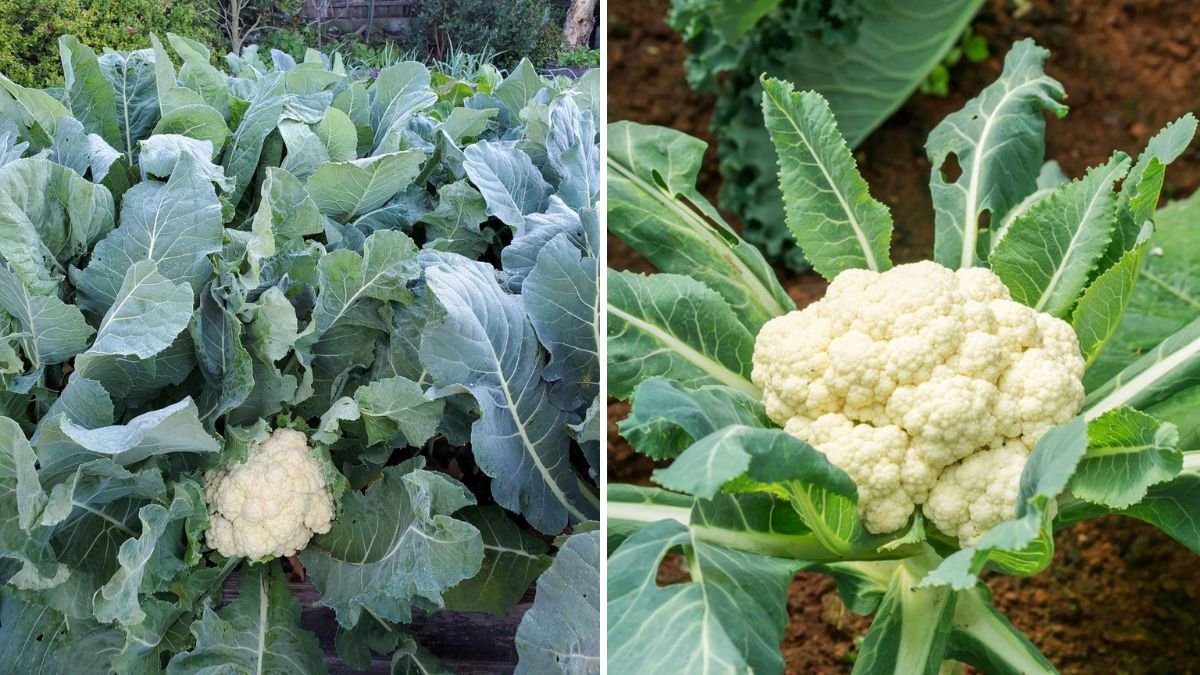Once seen as the humble, pale cousin of broccoli, cauliflower has become a culinary rockstar across America. From cauliflower pizza crusts in New York to buffalo cauliflower bites in Los Angeles, this versatile veggie is taking over restaurant menus, meal plans, and grocery aisles alike.
But cauliflower’s rise to fame isn’t just about trendiness — it’s about health, versatility, and innovation. Packed with nutrients, naturally low in calories, and adaptable to nearly any cooking method, cauliflower has become America’s favorite low-carb alternative to traditional grains and starches.
Let’s explore why this once-underestimated vegetable is now considered “white gold” for healthy living and delicious cooking.
What Exactly Is Cauliflower?
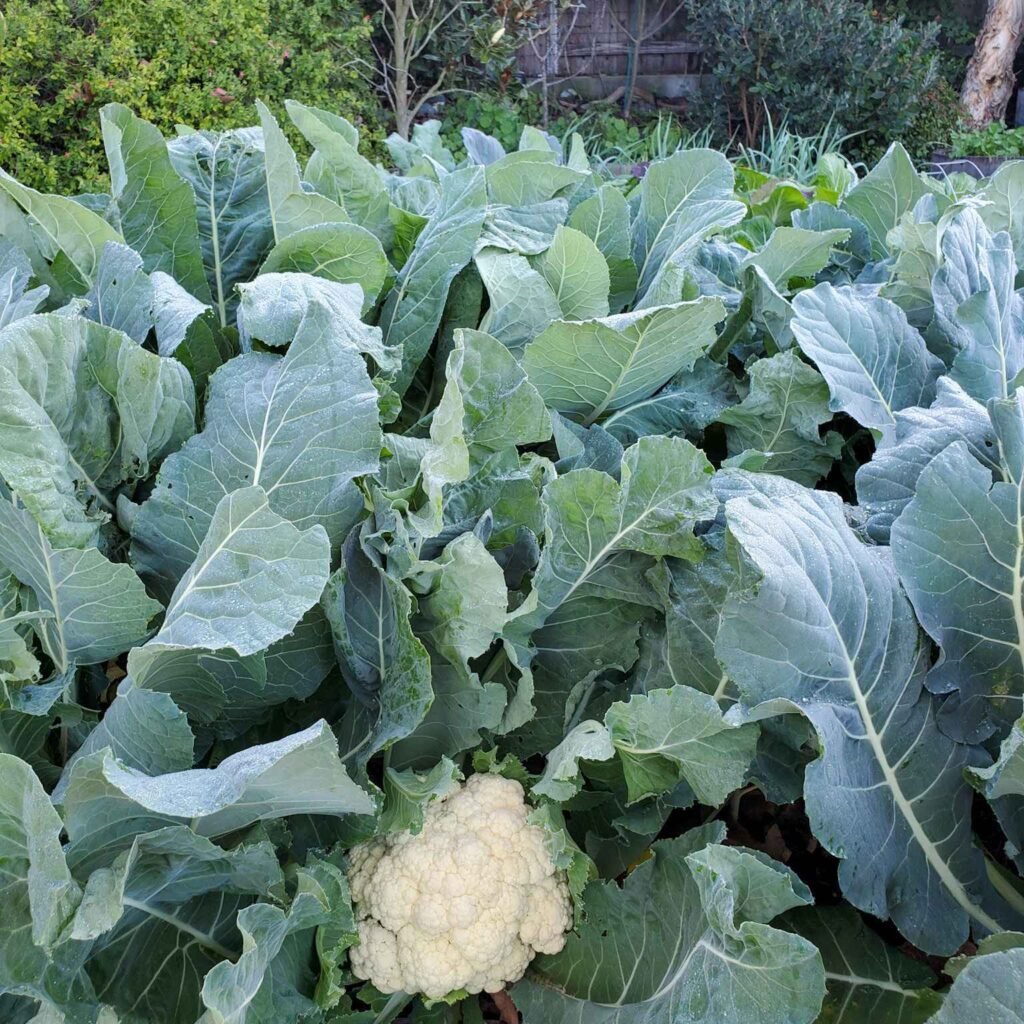
Cauliflower (Brassica oleracea var. botrytis) belongs to the cruciferous vegetable family, which also includes broccoli, cabbage, kale, and Brussels sprouts. Its name comes from the Latin word “caulis” (cabbage) and “floris” (flower), meaning “cabbage flower” — an apt description since it’s the edible flowering head of the plant.
Most Americans recognize white cauliflower, but did you know it also comes in purple, orange, and green varieties? Each one offers slightly different flavors and nutrients, making cauliflower not only delicious but visually stunning for your dishes.
Today, California’s Central Valley produces the majority of the cauliflower consumed across the U.S., supplying fresh heads to supermarkets year-round.
The Nutritional Power of Cauliflower
Cauliflower’s impressive nutritional profile has helped it earn the title of a superfood. Here’s what a one-cup (100-gram) serving of raw cauliflower provides:
- Calories: 25
- Carbohydrates: 5g
- Fiber: 2g
- Protein: 2g
- Vitamin C: 77% of the Daily Value (DV)
- Vitamin K: 20% of the DV
- Folate: 14% of the DV
- Potassium: 9% of the DV
- Antioxidants: Glucosinolates, isothiocyanates, and sulforaphane
It’s low in carbs, gluten-free, and rich in nutrients, which makes it a top choice for keto dieters, vegans, and health-conscious eaters.
Top Health Benefits of Cauliflower
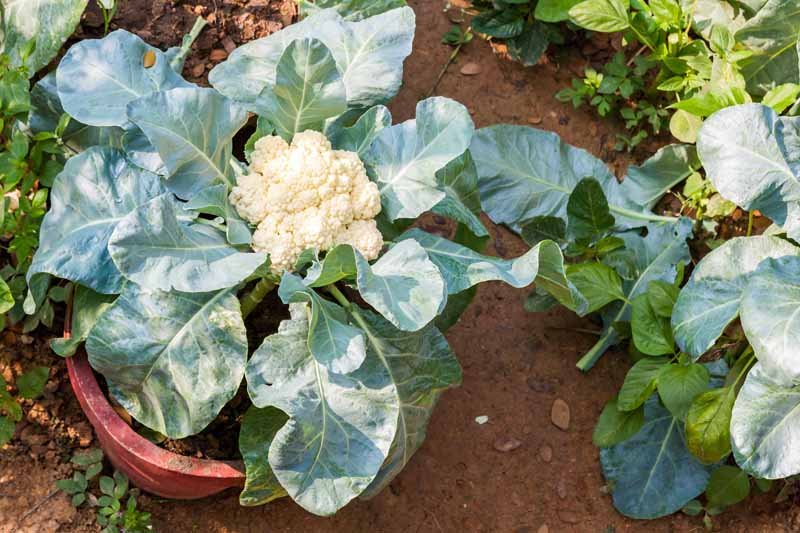
Cauliflower isn’t just trendy — it’s scientifically proven to support your health in numerous ways. Here’s why nutritionists, doctors, and chefs across the U.S. are all raving about it:
1. Promotes Heart Health
Cauliflower contains antioxidants and anti-inflammatory compounds like sulforaphane, which support healthy blood vessels and reduce oxidative stress. Its fiber helps lower bad cholesterol, improving overall cardiovascular function.
2. Aids in Weight Management
With just 25 calories per cup, cauliflower makes a perfect substitute for rice, potatoes, or pasta. Its high fiber content keeps you feeling full longer, helping you manage weight naturally without sacrificing flavor.
3. Supports Digestion
Fiber is essential for good gut health, and cauliflower delivers plenty. It feeds the beneficial bacteria in your gut and promotes regular digestion while preventing constipation.
4. Strengthens Immunity
Rich in vitamin C, cauliflower gives your immune system the boost it needs — perfect for fighting off colds, flu, and infections during the winter season.
5. May Help Prevent Cancer
Like other cruciferous vegetables, cauliflower contains glucosinolates and isothiocyanates, natural compounds that may help neutralize cancer-causing agents in the body. Research suggests regular consumption could reduce the risk of colon, breast, and lung cancers.
6. Supports Brain Function
Cauliflower is an excellent source of choline, an essential nutrient that supports memory, learning, and mood regulation — key for children’s brain development and adult cognitive health.
7. Helps Detoxify the Body
Cauliflower’s powerful antioxidants assist in liver detoxification, flushing out toxins and promoting clear skin, improved metabolism, and better overall vitality.
How to Cook Cauliflower Perfectly
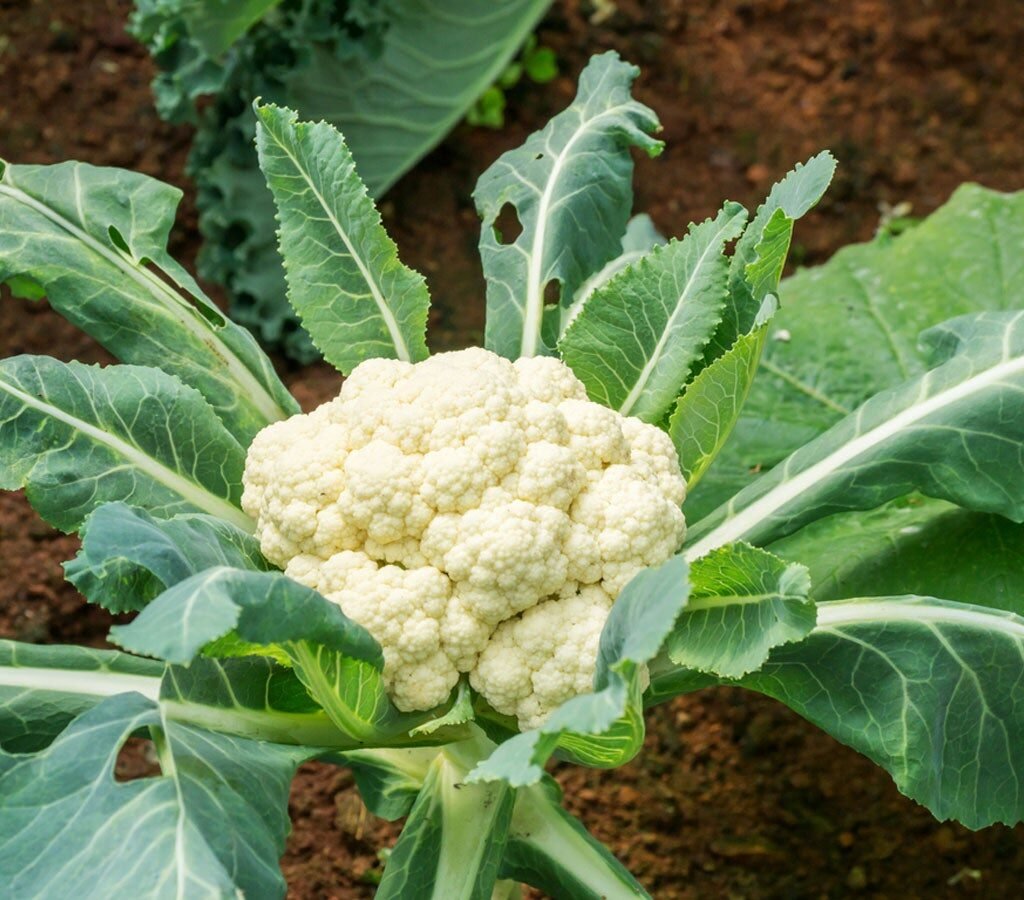
Cauliflower’s biggest superpower is its culinary flexibility. It can be mashed, roasted, riced, grilled, or even blended into soups — and each method brings out a different texture and flavor.
Here are America’s favorite ways to cook cauliflower:
1. Roasted Cauliflower
Toss cauliflower florets in olive oil, salt, pepper, and paprika, then roast at 425°F for 25 minutes until golden and crispy. It’s smoky, caramelized, and deliciously addicting.
2. Mashed Cauliflower
Boil or steam cauliflower, then blend with butter, garlic, and a splash of milk for a creamy, low-carb alternative to mashed potatoes. It’s comfort food made healthy!
3. Cauliflower Rice
Pulse cauliflower florets in a food processor until they resemble rice grains. Sauté lightly with olive oil and herbs for a fluffy, grain-free rice alternative perfect for burrito bowls or stir-fries.
4. Cauliflower Pizza Crust
Mix riced cauliflower with egg, cheese, and almond flour, then bake into a golden crust. Add sauce, veggies, and mozzarella for a keto-friendly pizza that tastes amazing.
5. Buffalo Cauliflower Bites
Toss roasted cauliflower in spicy buffalo sauce and serve with ranch dressing — a crowd-pleasing vegetarian appetizer that’s big on flavor, not calories.
6. Cauliflower Soup
Simmer cauliflower with onions, garlic, and vegetable broth, then blend for a smooth, velvety soup. Perfect for chilly evenings or cozy family dinners.
7. Grilled Cauliflower Steaks
Slice thick “steaks” from the cauliflower head, brush with olive oil and spices, and grill for 5–7 minutes per side. A hearty, plant-based alternative to meat that’s both filling and flavorful.
Creative and Fun Ways to Use Cauliflower

If you’re ready to get creative in the kitchen, here are some modern American-style cauliflower recipes to try:
- Cauliflower Mac and Cheese: Mix steamed cauliflower florets with a rich cheese sauce for a lighter take on this comfort classic.
- Cauliflower Tacos: Fill soft tortillas with spiced, roasted cauliflower and top with avocado, slaw, and lime crema.
- Cauliflower Gnocchi: Made popular by Trader Joe’s, this gluten-free pasta swap has taken America by storm.
- Cauliflower Smoothie: Blend frozen cauliflower with banana, peanut butter, and almond milk — a hidden veggie addition for your morning shake.
Buying and Storing Tips
To enjoy the freshest flavor, choose firm, tightly packed cauliflower heads with crisp, green leaves. Avoid any with dark spots or yellowing florets.
Storage tips:
- Store cauliflower unwashed in the refrigerator in a perforated plastic bag.
- It stays fresh for up to a week.
- To extend its life, blanch and freeze cauliflower florets for soups, curries, and rice dishes.
Varieties of Cauliflower Found in America
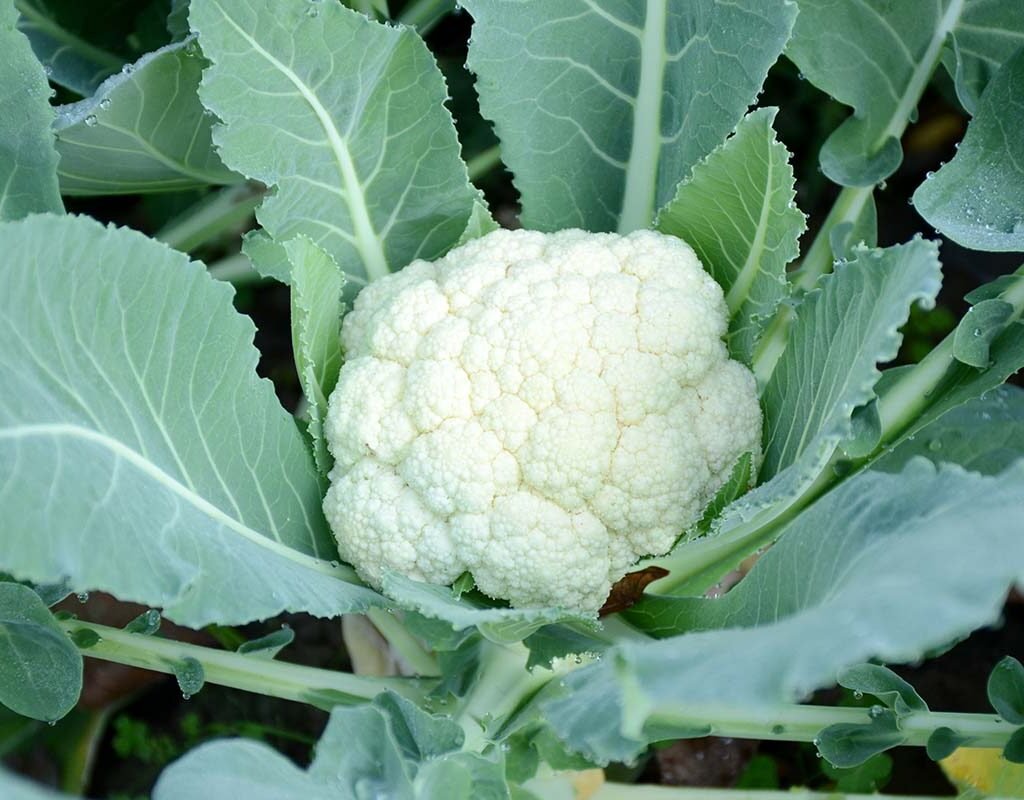
Cauliflower isn’t limited to the standard white version. Here are a few varieties commonly found in U.S. markets:
- White Cauliflower: Classic and most common, ideal for all recipes.
- Purple Cauliflower: Contains anthocyanins, the same antioxidants found in red wine.
- Orange (Cheddar) Cauliflower: Naturally higher in beta-carotene and vitamin A.
- Green (Romanesco): Spiral-shaped with a nutty flavor and striking appearance.
Each type offers unique nutrients and flavors, making cauliflower a visual and culinary delight.
Cauliflower and the American Food Revolution
Over the past decade, cauliflower has become the poster child for healthy innovation in American cuisine. Whether it’s replacing carbs in keto diets or serving as a gluten-free substitute, cauliflower’s adaptability has made it a staple for modern wellness trends.
Restaurants, meal-prep companies, and grocery chains are showcasing cauliflower in creative ways:
- Cauliflower gnocchi at Trader Joe’s
- Cauliflower pizza crusts in pizzerias
- Cauliflower crackers and chips in snack aisles
- Cauliflower-based smoothies in wellness cafes
It’s proof that healthy eating doesn’t mean giving up taste — it just means thinking differently about what’s on your plate.
Conclusion: The Everyday Super Veggie
Cauliflower is much more than a side dish — it’s a symbol of how Americans are redefining healthy eating. With its impressive nutrition, adaptability, and mild, comforting flavor, it’s no wonder this veggie has become a staple in homes from coast to coast.
So whether you’re roasting it with garlic, blending it into soup, or turning it into pizza crust, remember this: cauliflower is your blank canvas for healthy, delicious, and creative cooking.
Next time you hit the grocery store, grab a fresh head of cauliflower — because this “white gold” deserves a spot on your plate.
